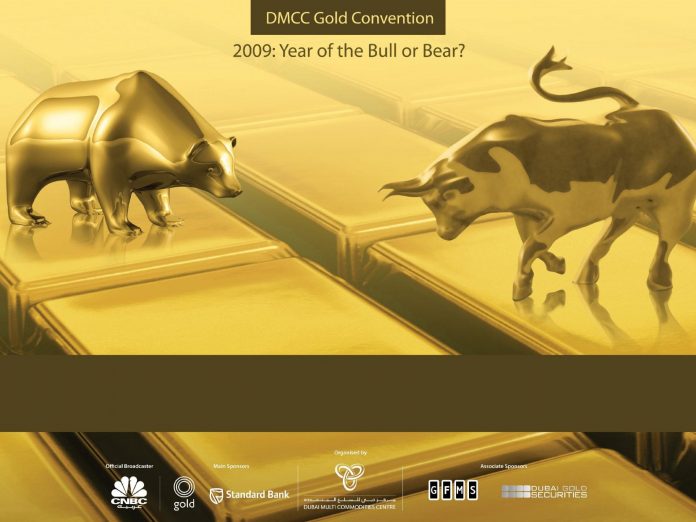
December gold futures fell 3.19% last Friday, settling at $1,332.50 an ounce on the Comex division of the New York Mercantile Exchange. Futures prices rose 1.8% for the week. December silver fell Friday, settling at $21.927 an ounce, bur rose 0.9% on the week.
On Thursday, gold surged $61.70, or 4.7%, to settle at $1,369.30 an ounce, marking its highest close since September 9. The gains were the largest for a single trading session since early 2009.
Market participants see prices going up in the coming weeks.
Prices rose last week, spurred by the news that the Federal Open Market Committee left its bond-buying program unchanged. For now, the Federal Reserve will still buy $85 billion in Treasury and mortgage-backed bonds each month. Stock and commodity markets, including precious metals, rose on the news, while the U.S. dollar fell. Elsewhere, Bank of England policy makers also voted 9-0 to keep policy unchanged this month as an improving economic outlook prompted agreement that no more stimulus was needed.
Gold prices rallied briefly, but by Friday fell significantly. Market observers cautioned reading too much into last week’s rally. Open interest in the futures market fell as prices stormed higher Thursday, a sign that market participants were buying back previously sold positions, known as short covering, rather than establishing new trades. Total open interest went fell to 380,978 contracts, down from 383,891contracts held prior to the Fed meeting. If open interest falls again on Monday, it is a sign that traders were closing out bullish positions, known as liquidation. If open interest rises, it could mean that traders established new short, or bearish positions as prices fell.
“The Fed taper delay has at most weakened the bearish case somewhat but not to an extent that it is likely to prevent gold prices from trending lower,” said SocGenerale. The bank remains firmly bearish on gold and forecast the gold price to average $1,225 during fourth quarter 2013 and to drop down to about $1,100 during 2014.
After the FOMC meeting, market participants’ attention is focused on a few key events. Most immediately is the Sunday election in Germany, where Angela Merkel is expected to win a third term as chancellor. However, gold traders said if Merkel wins there should be little impact on the markets. Currency observers comment that the election also should have little impact on German policy toward the euro area.
In addition, an important factor for gold will be the squabbles in Washington over the potential U.S. government shutdown and fight over the debt ceiling. House Republicans are sparring with President Obama, and Friday they approved a short-term government funding bill that includes a provision to defund a new health law, called “Obamacare”. The House bill won’t be approved by the Senate and Obama, and if they can’t work out a compromise, the U.S. government shutdown could happen on October 1.
Also last week, Goldman Sachs re-iterated its neutral stance on gold prices. The bank continues to expect that gold prices will resume their decline heading into 2014, when it expects economic data to solidly confirm a re-acceleration in US growth and warrant a less accommodative monetary policy stance.
On the other hand, a renewed strong buying from India may overturn the picture for gold.



































